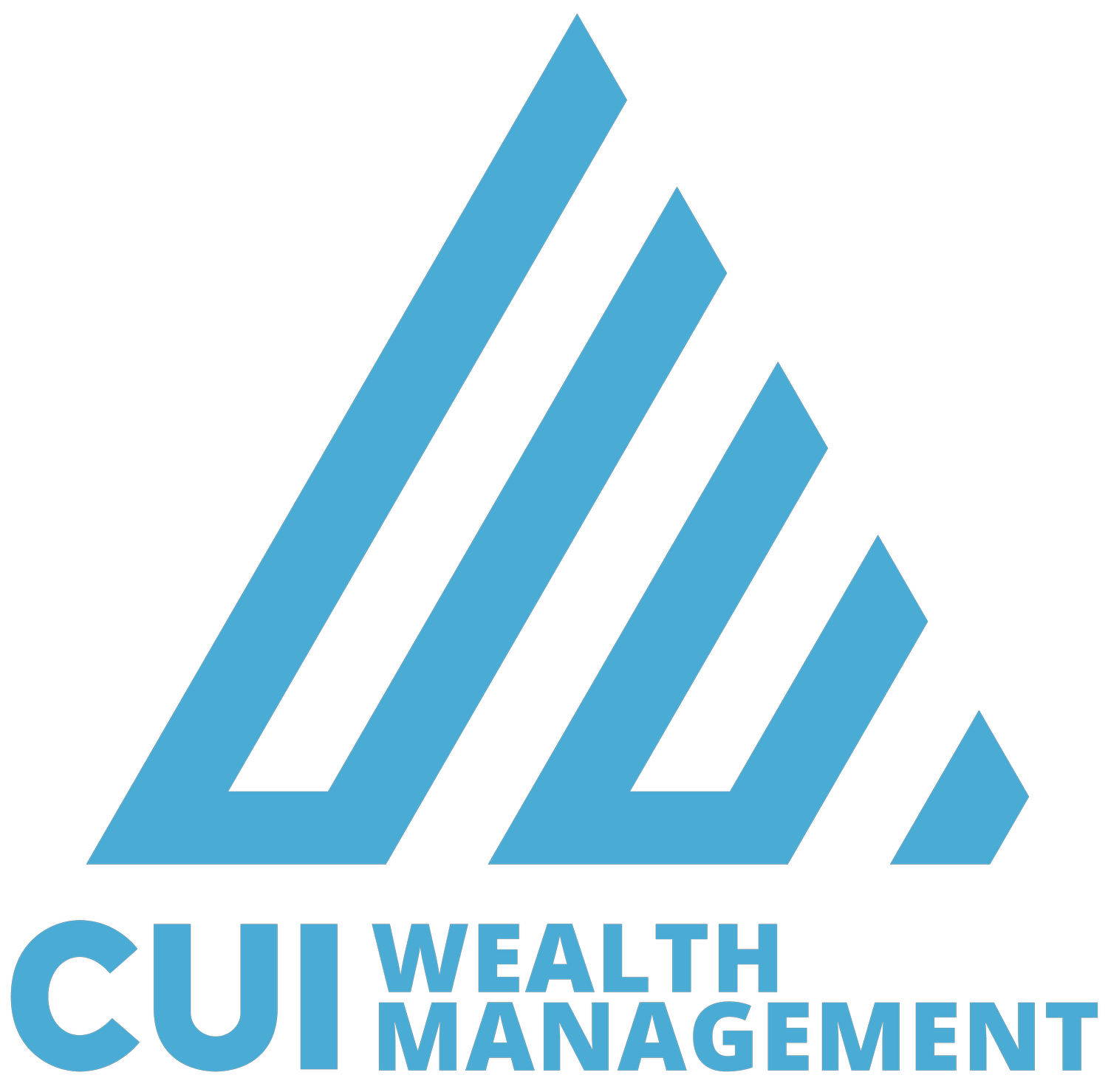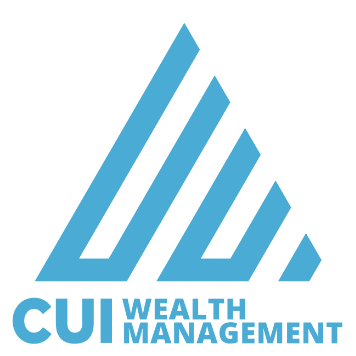Maximize Your 401(k) with an Experienced Wealth Advisor
How Do I Maximize My 401(k) Plan?
In the ever-evolving landscape of personal finance, ensuring a prosperous future requires strategic planning and informed decision-making. One cornerstone of effective financial planning is maximizing the potential of your 401(k). As seasoned financial advisors, we understand the importance of optimizing this essential retirement savings vehicle.
This post will explore strategies to maximize your 401(k). We'll highlight the critical role of a financial advisor in achieving your long-term financial goals.
The Basics
Before delving into advanced strategies, let's review the basics of a 401(k). This employer-sponsored retirement savings plan allows employees to contribute a portion of their income. Depending on the plan, there is a potential for their employer to match contributions. The 401(k) funds grow tax-deferred until withdrawal during retirement.
You must be an employee of the company providing the 401(k) to participate. This is because 401(k) plan contributions go through payroll. Employer-sponsored retirement plans like this can be complex and allow the employer to choose different design elements.
Understanding Plan Design
Not every 401(k) plan looks the same. Though most plans allow for a Roth 401(k) contribution, not every plan does.
For example, some employer-sponsored retirement plans are set up as safe harbor. Safe harbor 401(k) plans provide for the automatic passing of some required compliance tests. This design makes it easier for high-income earners and high-net-worth individuals to contribute to the plan.
Some plans have features that can help you increase your retirement savings over time through automatic escalation. This provision allows you to set a specific percentage you want your contributions to increase by every year up to a certain amount.
Reviewing the plan design is the first step in maximizing your 401(k). This is done by reading through the Summary Plan Description or SPD. The Summary Plan Description is a document that employers are required to provide to participants. As the name implies, this document summarizes all the plan's major provisions. It allows you to know the rules the plan must follow.
Because retirement plans can be challenging to decipher, this is one of the areas where a qualified wealth advisor can provide a lot of assistance. If the financial advisor is well versed in 401(k), they may be an excellent resource to helping you maximize your 401(k). They show you how to maximize each retirement plan's provisions.
Set Clear Financial Goals
The foundation of effective financial planning begins with setting clear and achievable goals. A financial advisor specializing in 401(k) strategies can assist you. They can help you define realistic objectives based on your unique financial situation, risk tolerance, and retirement timeline. They can also help you create a long-term plan.
An employer-sponsored retirement plan can achieve several different types of goals. You may be looking for tax-deferred savings strategies, reducing tax liability through pretax strategies, or utilizing Roth options. Some retirement plans provide investment options in share classes that would require a substantial investment if purchased outside of the 401(k).
Financial professionals can help set realistic goals and create a financial plan. They can help you develop a strategy as you save for retirement, provide guidance on a long-term asset allocation strategy, and help you better save for retirement.
Regularly Review and Adjust Contributions
Your financial circumstances may change over time, so periodically reviewing and adjusting your 401(k) contributions is crucial. Wealth advisors can help you reassess your contribution needs and limits. Income fluctuations, life events, and changes in expenses can all contribute to adjustment needs. This ensures that your retirement savings align with your evolving financial picture.
Also, remember that the IRS updates retirement plan contribution limits every year. Reviewing the contribution limits for the next year at the end of every year is a good idea. Remember, those aged 50 and older are allowed a catch-up contribution. Ensure you check the catch-up contribution limits each year and other limits.
Take Advantage of Employer Matching
One of the most significant advantages of a 401(k) is employer matching contributions. Failing to take advantage of this opportunity may leave free money on the table.
In conjunction with understanding the employer match, you must see if the company has a vesting schedule. The money you put into the plan through your contributions will be yours to take when you leave. However, sometimes employers impose a vesting schedule on the company's contributions. These vesting schedules may require you to be employed by the company for a specific amount of time before you can keep all employer contributions.
Diversify Your Investments
Diversification is a crucial principle in investment strategy. A skilled wealth advisor can help you create a well-balanced and diversified portfolio within your 401(k). This involves spreading your investment assets across different asset classes to mitigate risk and optimize potential returns. Regular portfolio reviews with your financial advisor ensure your investments and risk tolerance align with your long-term objectives.
Understanding your investment options is essential to this. Many 401(k) plans provide mutual funds, exchange-traded funds (ETFs), and collective investment trusts (CITs) as options. Some 401(k) plans allow participants to purchase stocks through a brokerage window, but this is uncommon.
Often, retirement plans rely on their 401(k) advisor to recommend or manage the fund lineup. A well-managed fund lineup will provide ample investment options. This will help you to diversify your investments. Rely on your wealth management professional to help you understand the best options for your situation.
Stay Informed About Plan Changes
Retirement plans and tax laws can change, impacting your 401(k) strategy. There have been several significant changes to retirement plans over the last few years. The Secure Act, which took effect in 2020, and Secure Act 2.0, which passed in 2022, highlight some of the most significant changes in the retirement plan industry over the last decade.
A financial advisor with expertise in retirement plans can inform you about any regulation changes and help you adjust your strategy accordingly. Being proactive in adapting to these changes can prepare you for the challenges new regulations can impose.
Aside from regulatory changes, your company may update 401(k) plan provisions, which can impact the strategies available to you in the plan. When these types of amendments occur, your plan sponsor will provide you with notifications regarding these changes. This is critical because such changes may give you otherwise unavailable opportunities.
Consider Roth 401(k) Contributions
Some employers offer Roth 401(k) options, allowing employees to make after-tax contributions. While these contributions won't provide an immediate tax benefit, qualified withdrawals during retirement are tax-free.
Though a pretax contribution may be more advantageous to some people, 401(k) plans offer a unique opportunity for Roth contributions.
The IRS has income limitations for those who want to make Roth IRA contributions. In a 401(k) plan, high-income earners may contribute to Roth accounts even if a Roth IRA may not be an option due to their income levels.
A financial advisor specializing in wealth management can help determine if a Roth 401(k) is suitable for your overall retirement strategy.
Take Advantage of Catch-Up Contributions
For those 50 and older, catch-up contributions are an invaluable tool to accelerate retirement savings. For example, in 2024, the new 401(k) limits will be $23,000, up from 2020's limit of $22,500. For those who are age 50 or older, they are allowed to make an additional $7,500 catch-up contribution, which brings their total contribution limit to $30,500. This is just on the employee's portion.
Working with a financial advisor specializing in 401(k) management can help you leverage this option effectively, allowing you to bridge any savings gaps that may have occurred earlier in your career.
Conclusion
There are many types of financial products and many types of financial advisors. Understanding your financial advisor's service offering and seeking a professional to give you investment advice tailored to your needs is essential.
Maximizing your 401(k) requires a comprehensive and strategic approach, and partnering with a financial advisor can be critical to your success. A skilled financial advisor specializing in wealth management and 401(k) strategies can help you navigate the complexities of retirement planning, optimize your contributions, and keep your financial goals on track as you embark on your journey toward your financial goals. Remember that the proper guidance can make the difference in maximizing your 401(k) and securing a prosperous future.
CUI Wealth Management can help you navigate the complexities of your retirement plan. We are in the greater Salt Lake City area in Utah. We provide financial planning, wealth management services, and 401(k) advising. Please schedule an appointment with one of our professionals for a review of your personal financial goals.


